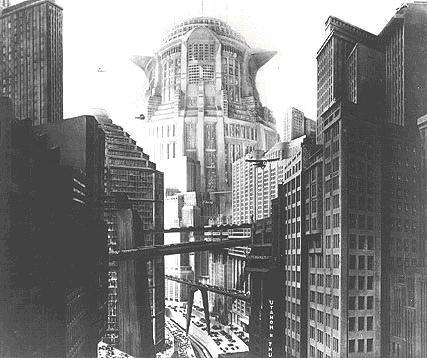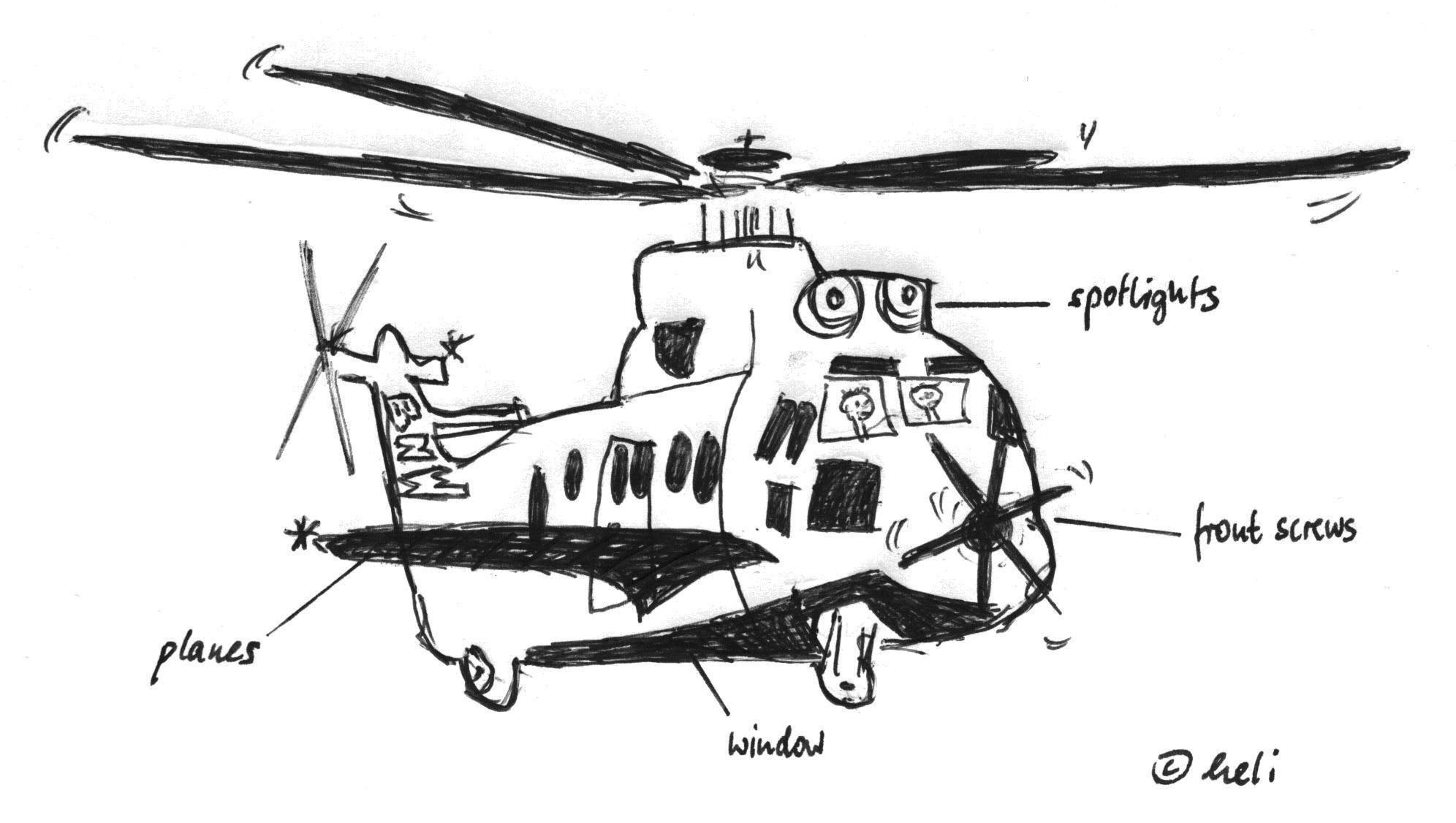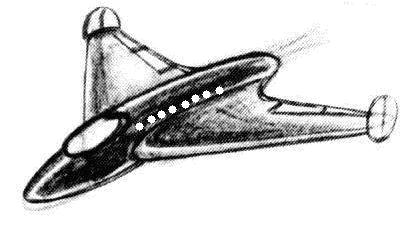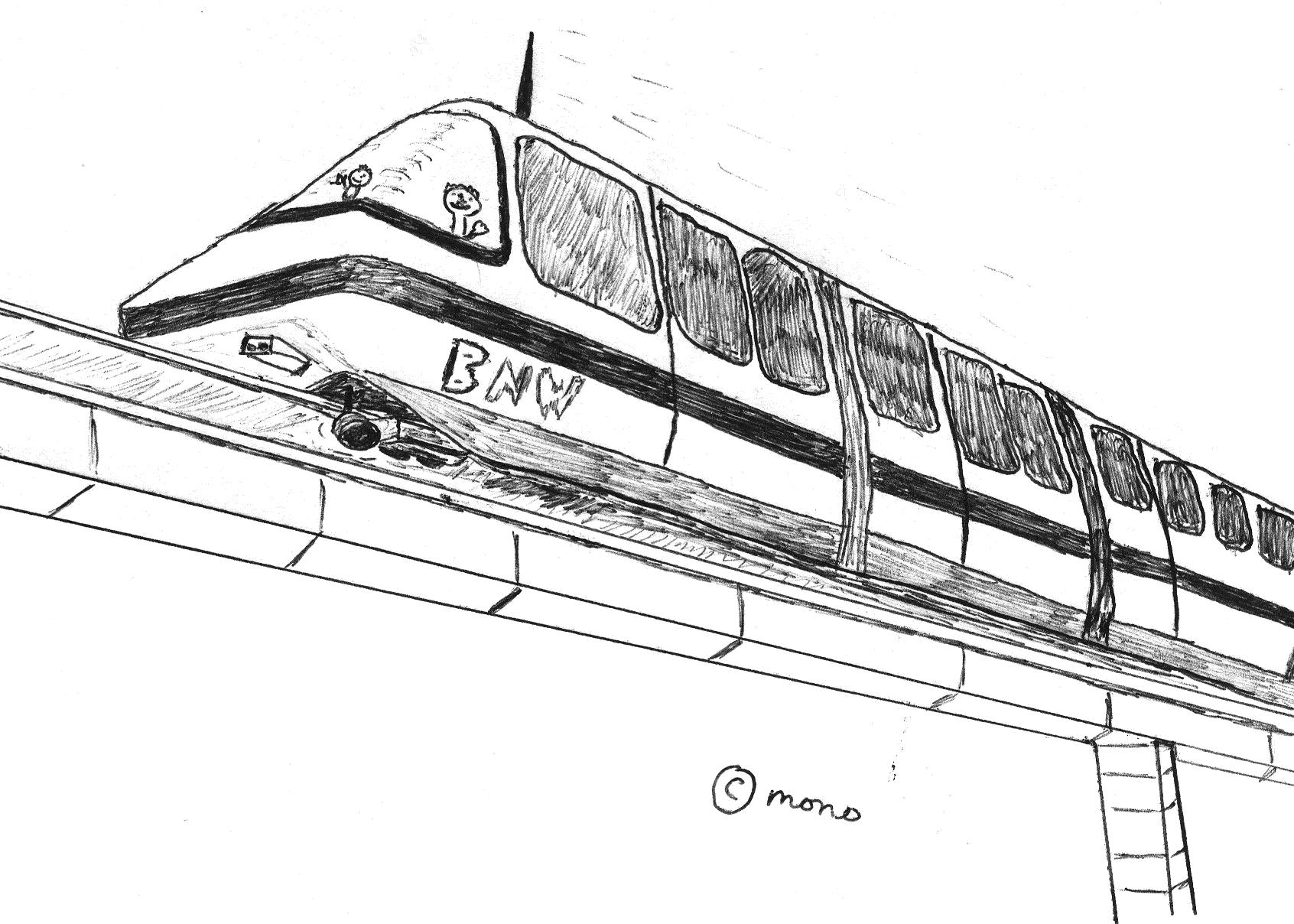|
A1 Housing and the transport system
by Christoph and
David
|
Introduction:
The “Myth Skyscraper” |
|
In the 1920ies Europe
was under a strong influence of America with regard to
architecture. From now on the new trend was to build higher,
more aesthetic and more modern. This kind of architecture was
called “Art deco”. The Chrysler Building (319 metres) was an
outstanding example of this new trend, which strongly
influenced, among other things, the ideas of modernising
European cities.
In this period people
had the dream of buildings “touching
the sky”, which was also supported by the invention of the
electric elevator in the early 20th century. Thus the
vision of a cosmopolitan city without limits emerged.
(picture on the right:
top of the Chrysler Building) |
 |
|
Architecture in
Brave New World: |
|
-
architectural centre is the “Charing-T Tower”
-
buildings consist of sixty stories or even more
-
different casts live in different areas, which show
houses varying in quality; alpha caste members live in
apartments
-
there are extremely fast elevators connecting the
buildings from roof to ground floor
-
roofs are used as landing platforms for the helicopters
and planes
-
some buildings contain up to 4000 rooms
-
some facilities are area-wide (i.e. Hounslow
Feely Studios cover 7.5 hectares), some are even considered as
towns
-
lights on rooftops; lighthouses for the helicopters and
planes
-
parks in which one can play Electro-magnetic Golf
|
 |
|
Furnishing in
Brave New World: |
|
-
mainly luxuriously equipped
-
television boxes, radios playing synthetic music, vibro-vacuum
massage machines, synthetic music machines (synthetic music
plants), liquid air, boiling caffeine solution, hot
contraceptives, different kinds of scent, synchronised electric
clocks
-
many Escalator-Squash-Racquet Courts in good hotels
-
huge amounts of sanitation (a hundred baths)
|
|
Name: Helicopter |
 |
|
Facts:
Speed:
120 km/h (rising), forward speed unknown
Use:
short-haul and city aircraft
Capacity:
depends on model (less than in a
rocket-plane)
Drive system:
2 air-screws, one on top (to ascend,
descend), one in front (to advance)
Equipment:
speedometer, accelerator, several levers, revolution-counter,
super-charger |
|
Highlights:
can fly on its own planes after
having reached a certain speed, window in the floor,
|
|
Miscellaneous:
sound: humming, buzzing (from
hornet to mosquito), parked in hangars, ability to hang
motionless in the air, aluminium body, models: “Taxicopter”, “Sporticopter”,
floodlights, sometimes serious accidents can happen, appear as
often as cars nowadays |
|
Name:
Rocket-Plane |
 |
|
Facts:
Speed:
1250 km/h
Crew: 8 stewards
Use:
long-haul aircraft (i.e. London – USA)
Capacity:
made for many passengers
Appearance:
streamlined, single-coloured (like a
“scarlet insect” p. 54, l. 34) plane
|
|
Highlights:
nosedive landing, very punctual (seven minutes delay on a NYC –
London flight is much), able to fly through thunder-storms, able
to land on roofs, |
|
Miscellaneous:
named: “Red Rocket”, “The Blue Pacific Rocket”, “The Bombay
Green Rocket”, sounding deeper than helicopters: droning ,
buzzing |
|
Name: Mono-Rail |
 |
|
Facts:
Speed: unknown
Drive system:
moving on one rail
Capacity:
mass transport system for lower caste population
Appearance:
like a train
|
|
Miscellaneous:
made for line haul, has a bell and whistles, needs stations,
used to separate the lower caste population from the upper
castes |
|
Name: Lorry |
no picture |
|
Facts:
Speed:
unknown
Use:
agricultural commercial vehicle |
|
Miscellaneous:
made for landworkers and transporting
crops
© David & Christoph |
|
|
